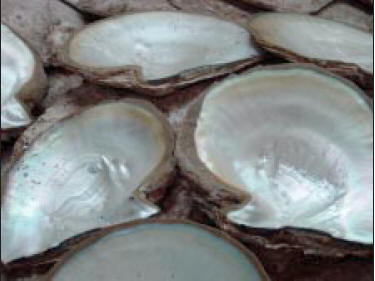Caitlin
Well-known member
I have been researching "Guinea pearls"
the only ones I can find are these

[SIZE=+2]Pearl Guinea[/SIZE]
Guineas originate in Africa and are excellent foragers. After starting they grow and thrive on bugs (they love ticks), insects and weed seeds. Guineas are also great watchdogs as they call out at the approach of any strangers. Their meat is all dark and highly prized by many restaurants. All of our Pearl Guinea eggs are imported from France and have been bred for excellent growth rate and feed conversion.
[SIZE=+1]Current Prices[/SIZE]
20 Birds @
40 Birds @
80 Birds @
$2.95 ea.
$2.65 ea.
$2.40 ea.
Available March 19 - July 2, Every Other Week
***
Metzer Farms
26000 Old Stage Road
Gonzales, CA 93926
Phone: 800 424-7755 * Fax: (831) 679-2711
the only ones I can find are these

[SIZE=+2]Pearl Guinea[/SIZE]
Guineas originate in Africa and are excellent foragers. After starting they grow and thrive on bugs (they love ticks), insects and weed seeds. Guineas are also great watchdogs as they call out at the approach of any strangers. Their meat is all dark and highly prized by many restaurants. All of our Pearl Guinea eggs are imported from France and have been bred for excellent growth rate and feed conversion.
[SIZE=+1]Current Prices[/SIZE]
20 Birds @
40 Birds @
80 Birds @
$2.95 ea.
$2.65 ea.
$2.40 ea.
Available March 19 - July 2, Every Other Week
***
Metzer Farms
26000 Old Stage Road
Gonzales, CA 93926
Phone: 800 424-7755 * Fax: (831) 679-2711




